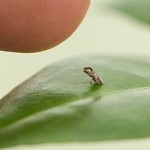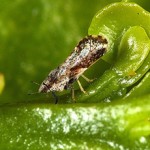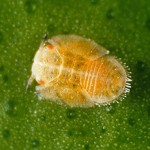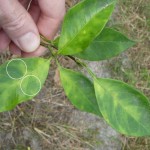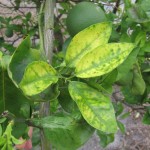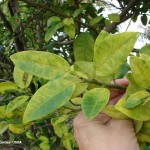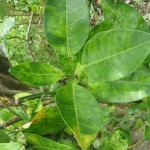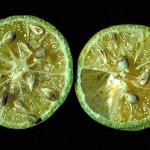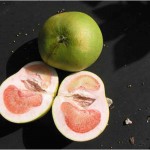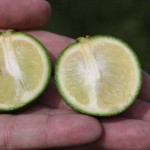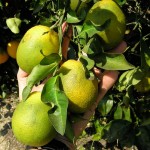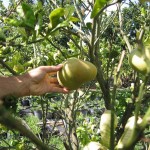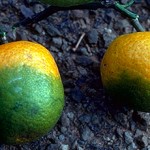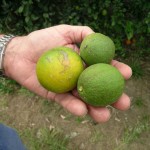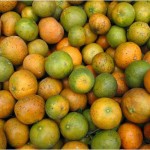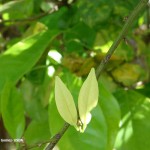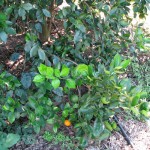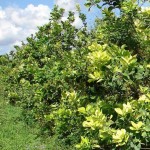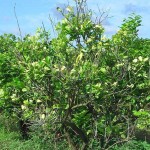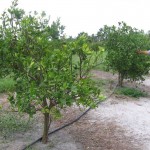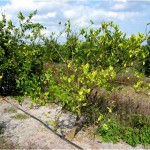Citrus Greening, also known as Huanglongbing (HLB), is considered to be the most destructive disease of citrus. Once a tree is infected, there is no effective control or cure for the disease. This disease poses no threat to humans or animals, but can destroy all types of citrus trees, including orange, grapefruit, lemon, lime, kumquat, tangerine, and relatives like orange jasmine. This disease is a serious threat to our South Texas citrus industry. Infected trees may produce misshapen, unmarketable, bitter fruit. Citrus greening reduces the quantity and quality of citrus fruits, eventually rendering infected trees useless. An infected tree produces fruit that is unsuitable for sale as fresh fruit or for juice. The Asian citrus psyllid, which spreads citrus greening, is no bigger than the head of a pin. The infected insect spreads the disease as it feeds on the leaves and stems of citrus trees. Once the Asian citrus psyllid picks up the disease, it carries it for the rest of its life. Citrus greening is then spread by moving infected plants and plant materials such as bud wood and even leaves.
Signs and symptoms to look for:
Click images to enlarge.
Twig dieback
Citrus greening disease was first reported to have occurred in Asia during the late 1800s and the disease has already caused devastation in Asia, Africa, the Arabian Peninsula and Brazil. In addition to Texas, the disease is currently found in California, Florida, Georgia, Louisiana, Puerto Rico, South Carolina and the U.S. Virgin Islands.
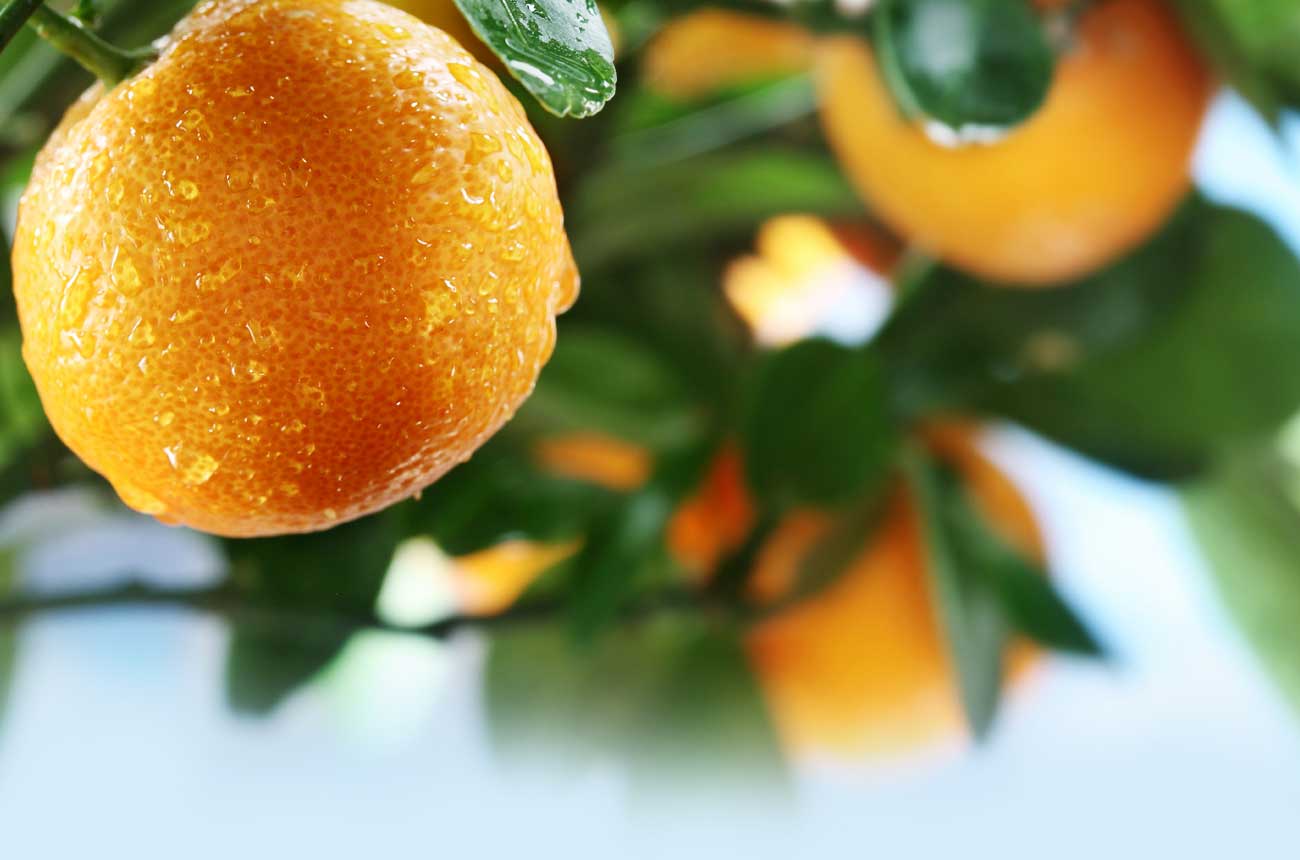



 Report Sick Citrus
Report Sick Citrus